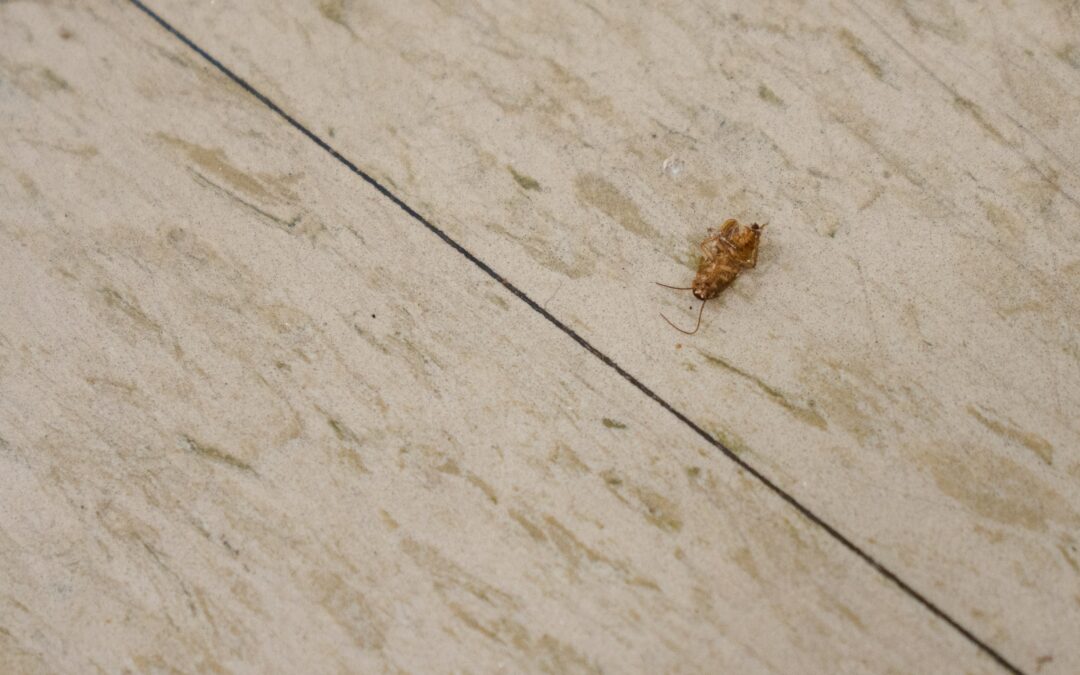Allergic conditions occur when the body’s immune system overreacts to foreign substances that are common in the environment, such as pollen and dust. Foreign substances that trigger allergic symptoms are known as “allergens,” and allergens are unavoidable both indoors and outdoors. Pet dander, dust mites, and rodents are all well known sources of indoor allergens, and these allergens float in the air on dust particles that people cannot avoid inhaling. As it turns out, cockroach allergens are also common within homes, as a recent study found that the prevalence of cockroach allergies ranges from 17 to 41 percent in the United States, and up to 85 percent of inner-city homes contain cockroach allergens. The actual proportion of homes containing cockroach allergens is likely much greater, as the Asthma and Allergy Foundation of America states that cockroaches can be found in 78 to 98 percent of urban homes in the US. According to a survey carried out by the foundation, 97 percent of professional allergists claim that maintaining a roach-free home is necessary to prevent asthmatic and allergic conditions from developing in response to cockroach allergen exposure.
Since cockroach pests like American, German and Oriental cockroaches are highly mobile and dwell within wall voids and other indoor areas where large populations can thrive unseen, cockroach allergens easily spread throughout the entirety of homes. Cockroach allergens originate from cockroach eggs, feces, urine, shed skins, and body fragments that spread through the air on dust particles. Cockroach allergens are most concentrated in areas where cockroach pests most frequently establish harborages. These areas include wall voids, beneath kitchen appliances, in air conditioning and ventilation ducts, beneath furniture, in cabinet sinks, beneath furniture, and in cracks and crevices in walls and flooring.
The first step in cockroach allergen removal is the successful elimination of all active cockroaches within homes. Control methods vary somewhat depending on the species of cockroach targeted for eradication, but in order to prevent further infestations while remedying active infestations, multiple control methods must be employed. For example, strategically placed sticky traps allow pest control professionals to both identify the species of roach pest and estimate the size of the indoor roach population. Good sanitation practices and repairing defects to eliminate conditions that are conducive to cockroaches, such as high moisture caused by plumbing or rainwater leaks, is also important for making homes inhospitable to cockroach pests. Excluding outdoor-dwelling cockroaches from homes by sealing cracks, crevices and other entry points on exterior walls is necessary to prevent further infestations. Gel baits and insecticide dusts are effective for exterminating German cockroaches that are already active within homes.
Do you believe that your home contains a hazardous level of cockroach allergens?

